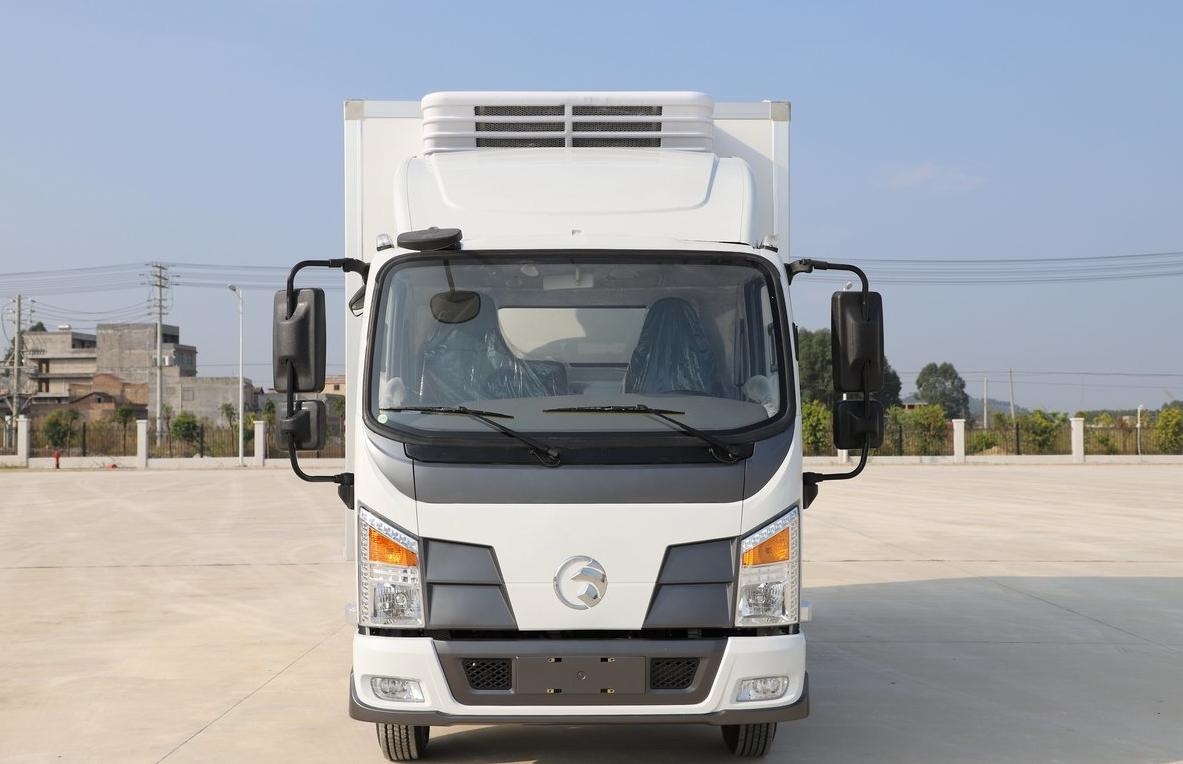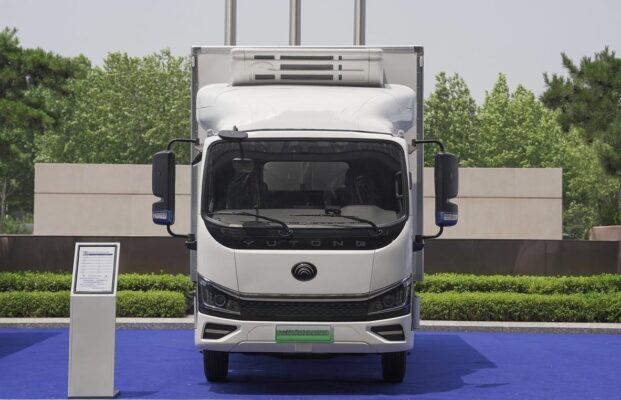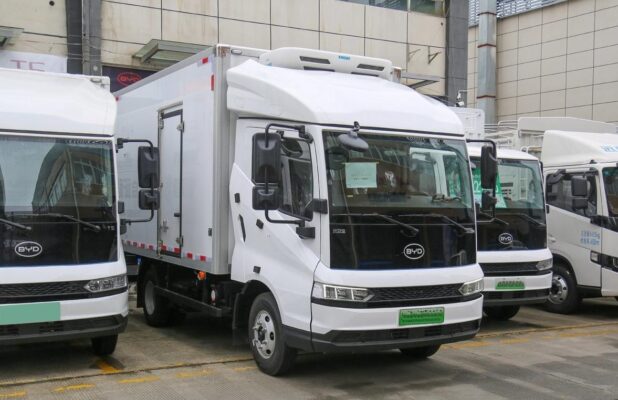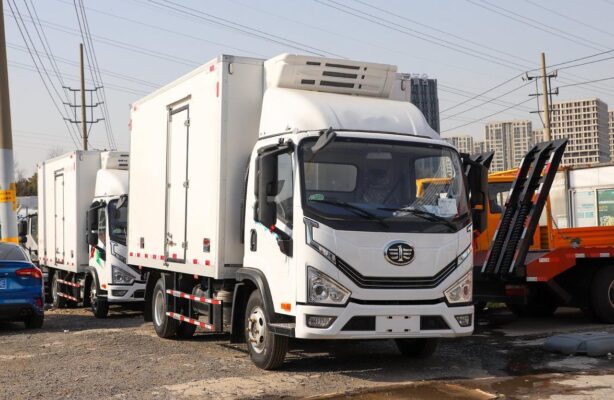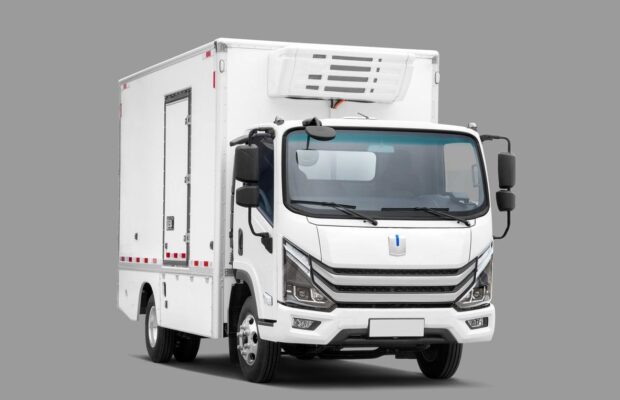Electric Truck News
Why do electric pickups sometimes fail to stop?
Electric pickups have gained immense popularity as a sustainable transportation option, yet they are not without their challenges. One of the most concerning issues faced by electric pickup owners is the failure of the braking system. This problem can arise from various factors, including brake system malfunctions, delayed responses from the electric drive system, and driver errors. In this article, we will delve into the reasons electric pickups may fail to stop, explore preventive measures, discuss the dangers of brake failure, highlight innovations in braking technology, and consider future directions for braking systems in electric pickups.
Why Do Electric Pickups Sometimes Fail to Stop?
Understanding why electric pickups may fail to stop is crucial for ensuring the safety of drivers, passengers, and others on the road.
1. Brake System Failures
One of the primary reasons for a failure to stop in electric pickups is malfunctioning brakes. The braking system typically consists of hydraulic and electronic components, each playing a critical role in the vehicle’s overall braking performance. Here are some common brake system failures:
- Hydraulic Brake Issues: If there are leaks in the hydraulic brake lines or if the brake fluid becomes contaminated, it can compromise the effectiveness of the hydraulic system. A drop in fluid pressure may result in a failure to activate the brakes properly.
- Worn Brake Pads: Brake pads endure considerable wear and tear over time. If they become excessively worn, their ability to generate friction diminishes, leading to poor braking performance. Regular inspections are necessary to ensure that brake pads are replaced before they become too worn.
- Electronic Brake System Malfunctions: Many electric pickups utilize electronic brake systems that rely on sensors and control units to manage braking. If these components malfunction or fail to communicate effectively, it can lead to inadequate braking response.
2. Delayed Responses from the Electric Drive System
Electric pickups rely on electronic signals to initiate braking. Unlike traditional vehicles, where mechanical linkages directly connect the brake pedal to the brakes, electric pickups transmit brake signals through an electronic control unit to the motor. This system can sometimes introduce delays:
- Slow Response from Control Unit: If the electronic control unit is slow to process the brake signal, the brakes may not engage as quickly as necessary, leading to delayed stopping.
- Motor Reaction Time: Similarly, if the motor does not respond swiftly to the braking signal, it can further delay the braking action. This can be particularly concerning in emergency situations when quick reactions are crucial.
3. Driver Errors
While the vehicle’s systems play a significant role in braking performance, driver errors can also contribute to failures:
- Incorrect Pedal Application: In emergencies, drivers may mistakenly apply the accelerator instead of the brake pedal, leading to unintended acceleration.
- Excessive Brake Application: Some drivers may panic and apply the brakes too hard, which can lead to skidding or loss of control, especially on slippery surfaces.
How to Prevent Electric Pickups from Failing to Stop
Preventing brake failures in electric pickups requires a proactive approach. Here are several strategies that owners can implement to enhance braking safety:
1. Regular Inspection and Maintenance
Conducting routine inspections of the braking system is essential for identifying potential issues before they escalate. Key maintenance practices include:
- Brake Pad Replacement: Regularly check the thickness of the brake pads and replace them when they become excessively worn. This ensures the brakes can generate sufficient friction.
- Hydraulic System Checks: Inspect hydraulic lines for any signs of leaks and ensure that the brake fluid is at the proper level and free of contaminants. Replacing old brake fluid can also help maintain system performance.
2. Mindful Operation
Electric pickup drivers should be aware of their driving behaviors and take steps to minimize errors:
- Calmness in Emergencies: In stressful situations, it’s important to remain calm. Understanding how to use the braking system effectively can help prevent mistakes.
- Proper Use of Brakes: Drivers should practice using the brake system correctly, including smooth applications rather than abrupt stops whenever possible.
3. Utilizing Auxiliary Braking Systems
Many electric pickups are equipped with auxiliary braking systems, which can enhance stopping power:
- Regenerative Braking: This system captures kinetic energy during deceleration and converts it into electricity to recharge the battery. It not only improves efficiency but also aids in slowing down the vehicle.
- Mechanical Braking: Using mechanical braking in conjunction with regenerative braking can enhance overall braking effectiveness, especially during sudden stops.
4. Choosing Reliable Brands and Models
When purchasing an electric pickup, opting for reputable brands and models known for their reliability and safety features is essential. Researching user reviews and safety ratings can provide insights into a vehicle’s braking performance.
What Dangers Can Arise from Electric Pickups Failing to Stop?
The consequences of an electric pickup failing to stop can be severe, posing risks not only to the driver but also to passengers and other road users. Here are some potential dangers:
1. Traffic Accidents
If an electric pickup cannot effectively slow down or stop, it can lead to traffic collisions. Common scenarios include:
- Rear-End Collisions: A failure to stop in time can result in rear-end accidents, particularly in heavy traffic situations where drivers expect vehicles to maintain safe stopping distances.
- Multi-Vehicle Crashes: The inability to stop can lead to chain-reaction crashes involving multiple vehicles, escalating the severity of injuries and property damage.
2. Loss of Control
When brakes fail, the driver loses control over the vehicle’s speed. This can lead to:
- Injury Risks: Passengers within the vehicle and pedestrians or cyclists nearby may be at increased risk of injury due to the vehicle’s uncontrolled movement.
- Property Damage: A runaway electric pickup can cause significant property damage, impacting not only vehicles but also structures, road signs, and other infrastructure.
3. Safety Concerns
Maintaining the braking system in good condition is vital for enhancing safety while operating electric pickups. Regular maintenance and inspections can significantly reduce the risk of brake failures and associated dangers.
What Innovations Exist in the Braking Systems of Electric Pickups?
The braking systems of electric pickups have undergone significant technological advancements in recent years. These innovations aim to improve safety, ukusebenza kakuhle, and overall driving experience. Some notable advancements include:
1. Electronic Brake Systems
Modern electric pickups often feature electronic brake systems that provide intelligent brake control. These systems can adjust braking force based on various factors:
- Vehicle Speed: Electronic systems can optimize braking force according to the current speed of the vehicle, ensuring smoother stops.
- Driving Mode: Different driving modes, such as sport or eco, can affect how the braking system responds, allowing for a more tailored driving experience.
- Road Conditions: Advanced systems can sense road conditions, such as wet or icy surfaces, and adjust braking force accordingly to enhance safety.
2. Regenerative Braking Technology
Regenerative braking has become a hallmark of electric vehicle design, including electric pickups:
- Energy Recovery: This technology captures kinetic energy during braking and converts it into electrical energy to recharge the battery. It enhances energy efficiency and extends driving range, particularly in stop-and-go traffic.
- Improved Control: Regenerative braking provides additional control during deceleration, allowing for a smoother and more responsive driving experience.
3. Advanced Brake Force Distribution
Innovations such as electronic brake force distribution systems help optimize braking stability:
- Distribution of Braking Force: These systems can distribute braking force to individual wheels based on factors like load distribution and traction, improving stability during braking maneuvers.
- Enhanced Driving Comfort: By providing a smoother braking experience, these systems can enhance overall driving comfort, making electric pickups easier to handle.
What Are the Future Directions for Braking Technology in Electric Pickups?
The future of braking technology in electric pickups holds great promise for improving safety and performance. Key trends and advancements may include:
1. Smarter Electronic Brake Systems
Future braking systems are likely to become more intelligent, capable of real-time adjustments based on vehicle status and driving conditions:
- Adaptive Braking Force: Systems that can automatically adapt braking force in real-time will provide quicker response times and enhanced safety.
- Integration with Autonomous Systems: As electric pickups move toward greater automation, braking systems will need to integrate seamlessly with advanced driver-assistance systems (ADAS) to ensure optimal performance in various driving scenarios.
2. Optimization of Regenerative Braking
Further advancements in regenerative braking technology will focus on improving energy recovery efficiency:
- Increased Recovery Rates: Future systems may aim to capture even more energy during braking, extending the driving range of electric pickups.
- Enhanced User Control: Drivers may have more options to customize regenerative braking settings, allowing for personalized driving experiences.
3. Use of Advanced Materials and Designs
Research into advanced materials and braking designs will continue to improve the reliability and durability of braking systems:
- Lightweight Materials: The use of lighter materials can reduce overall vehicle weight, improving efficiency without compromising braking performance.
- Durability Enhancements: Innovations in design and materials can lead to longer-lasting components, reducing maintenance needs and improving safety.
Conclusion
Electric pickups represent a significant step forward in sustainable transportation, but they are not without their challenges, particularly concerning braking systems. Understanding the reasons behind brake failures, including system malfunctions, delayed responses, and driver errors, is essential for ensuring safety.
By implementing regular maintenance, mindful driving practices, and utilizing auxiliary braking systems, electric pickup owners can help mitigate the risks associated with brake failures. Furthermore, the continued advancements in braking technology, including electronic systems, regenerative braking, and future innovations, promise to enhance safety and performance for electric pickups in the years to come. As electric vehicle adoption continues to grow, addressing braking system challenges will be crucial for maximizing their potential and ensuring driver confidence on the road.
